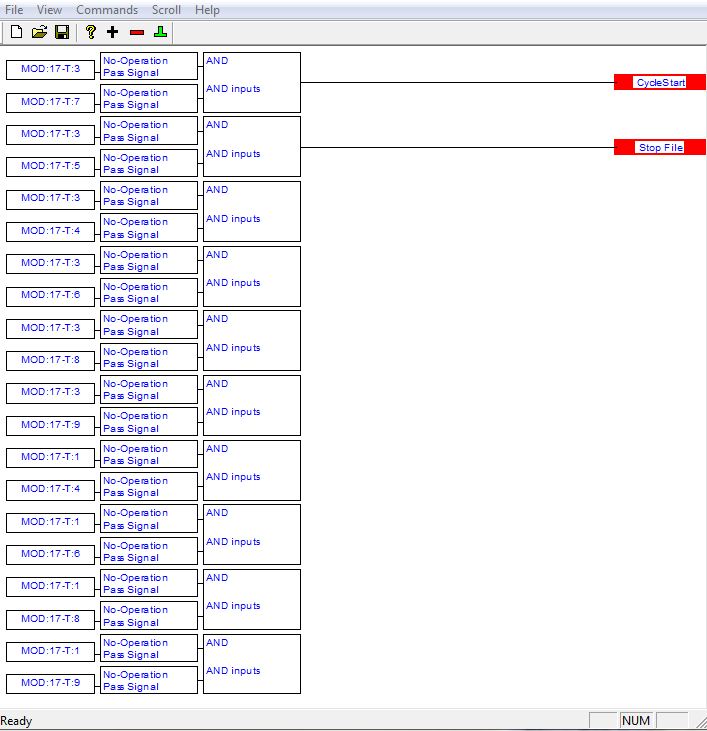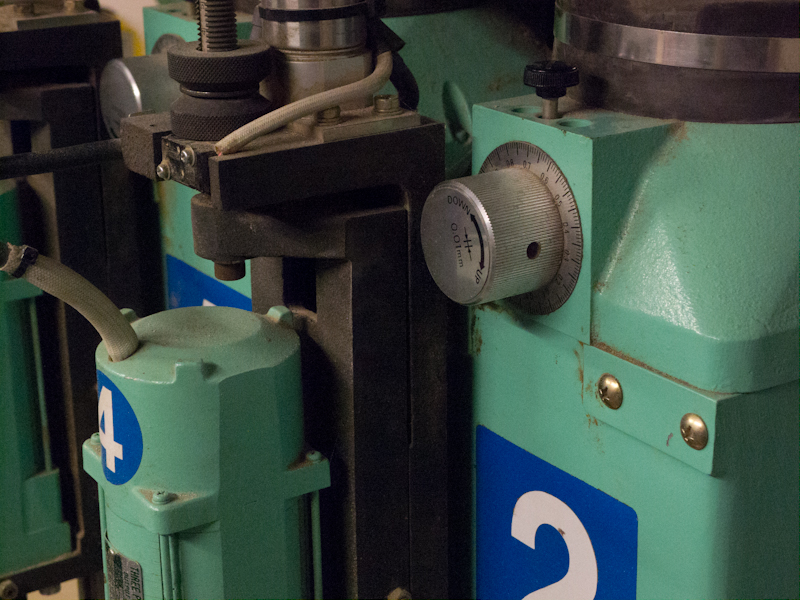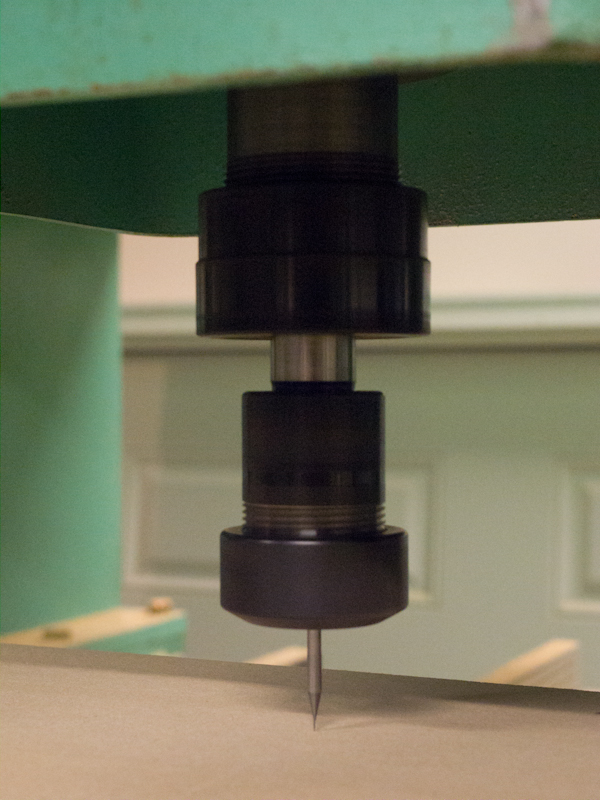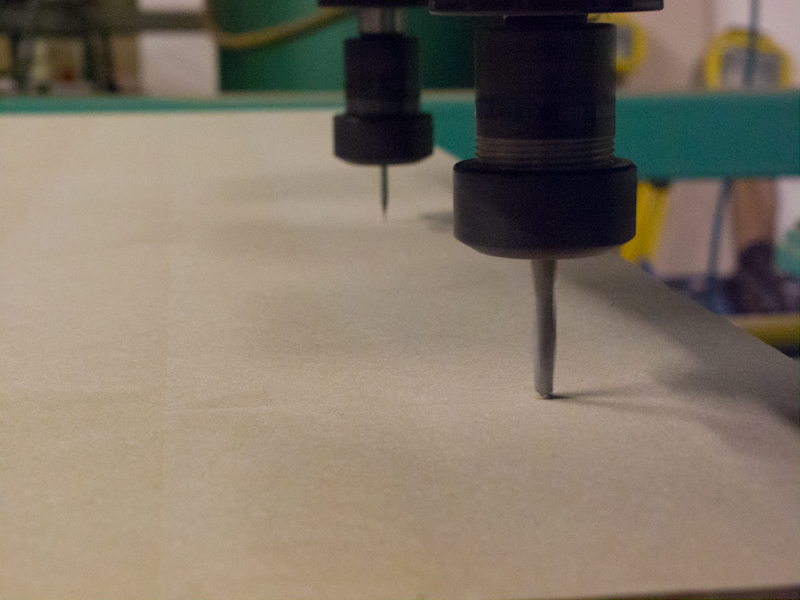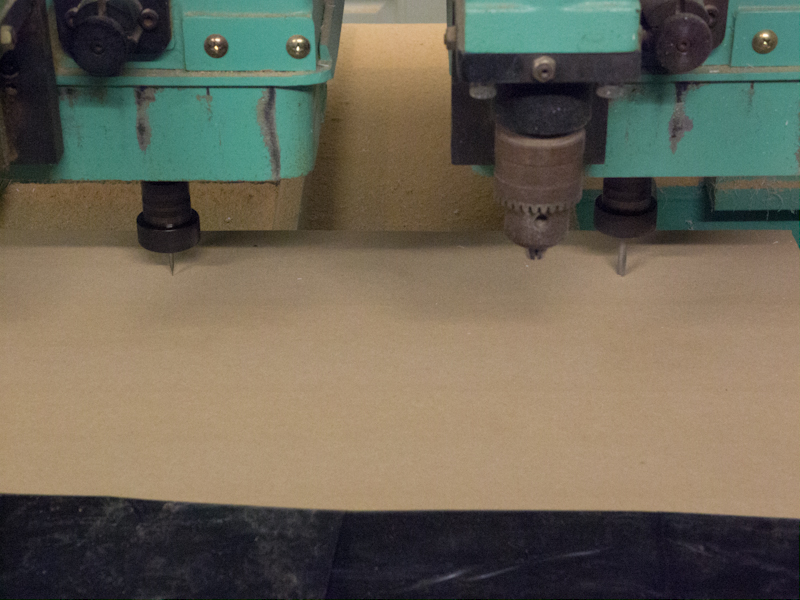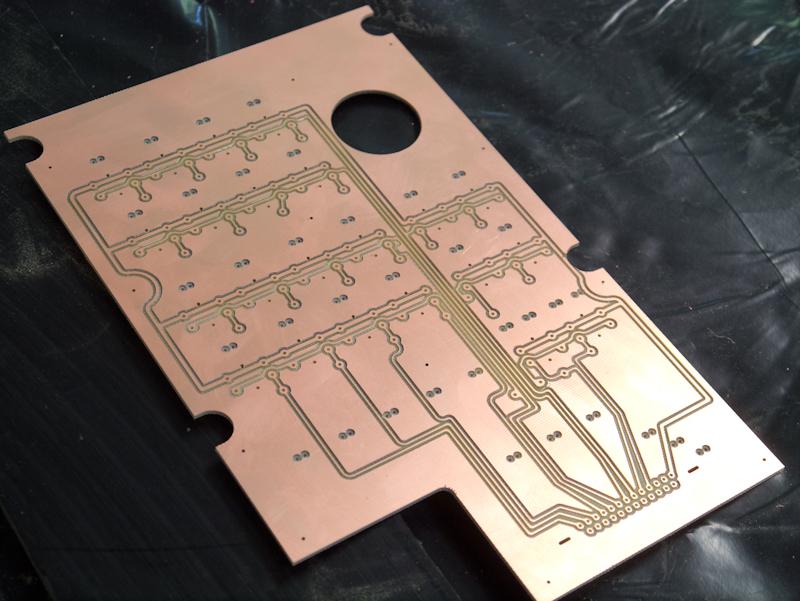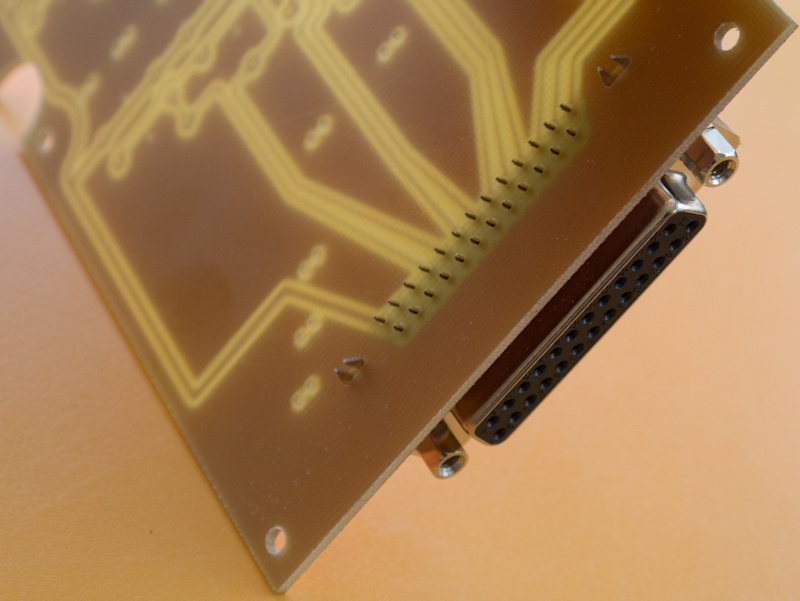Yes the accel in Mach.
For me Accel, up to a point, is more important than rapid speed as it will allow your actual cutting to follow more precisely when using CV. The 500 you have I presume is mm/s/s. Thats not too bad at all but if you could get the 800 to 1000 mark then I think it would be better.
Hood






 Reply with Quote
Reply with Quote
